On this website, we discuss home audio & video, personal audio, home theater, home automation and speak with some of the movers and shakers in the music and HiFi industry.
Today, I share my impressions on the MEZE Elite from Meze Audio and Rinaro Isodynamics.
This article will focus on the build quality, design, and some of my sound impressions about the Elite.
The Elite is the new flagship for Meze, sitting above the Empyrean in their headphone lineup. Although the headphones look similar and employ some of the incredible design elements from the Empyrean, there are some significant differences in the build and sound quality between the Meze Elite and the Empyrean.
Each Elite is hand-assembled in Romania, with just the aluminum frame taking about 20 hours to make. The Elite uses the brilliant patent-pending support system wings with a genuine leather headrest and carbon fiber headband for ultimate comfort.
The Elite has a beautiful complex geometrical imprint with a deep black grill with intricate carvings surrounded by the silver finish of the CNC machined aluminum frame for a killer-looking pair of headphones. Meze knocked the ball out of the park with the visual design aesthetics of the Elite, just as they did with the Empyrean.
The Elite uses a newly designed driver created by Rinaro, which was researched and developed for three years. The Elite has very low distortion; according to Meze, THD measures under .05% through the entire frequency range.
The Elite’s impedance is 32 ohms with a nominal SPL of 101db per 1 mW, allowing it to be driven by most amplification sources. Weighing in at only around 430gm, the Elite is exceptionally comfortable even for longer listening sessions.
Like the Empyrean, the Elite uses the isodynamic hybrid array technology, building on the pioneering technology found in the Empyrean headphone. The MZ3SE driver, according to Meze, delivers more selective acoustic performance to the various areas within the structure of the ear.
Advances in diaphragm material have allowed Meze to create a more high-resolution sound quality, with better accuracy, tighter dynamics, and superb clarity, thanks to the brand new Rinaro Parus Diaphragm.
Also, like the Empyrean, the Elite uses a dual-driven system with different voice coil configurations. The Switchback Coil is more efficient at reproducing the lower frequencies and can be found on the upper part of the driver.
The Spiral Coil is more efficient at reproducing middle to high frequencies and is positioned directly over the ear canal. I found the balance between the coils to be more balanced sounding when compared to the Empyrean, which I will discuss a bit more about in the sound impressions section of the article.
The Elite uses what I consider to be the best ear pad system in the headphone industry with their Ferromagnetic earpads. Why other manufacturers haven’t found a way to implement a similar system is quite surprising. It shows that among many other technology firsts from Meze, they continue to implement and create valuable advancements for the headfi user.
The Elite comes with two sets of pads so that you can get two unique sounds from one set of headphones. The Alcantra pads that were initially developed for the Empyrean in 2018 and the new HYBRID Perforated Alcantara interior with genuine leather exterior pads.
There are noticeable sonic differences between the pads; the Alcantara pads have more bass presence and a warmer signature, whereas the new Hybrid pads present more air and less overall quantity of bass, which I will touch on a bit more during the sound impressions portion of the article.
You have the option of upgrading the cables to a silver-plated cable or the copper cable; for this article, my impressions were all based on the stock Meze cable terminated with XLR. If you have the budget to upgrade the cable, I recommend it as the stock cables are a bit basic and tend to get tangled when using them.
You also receive a cool-looking high-strength aluminum suitcase with foam inserts, three termination options for the stock cable, and a 2-year warranty when purchased from an authorized dealer. There are many more tech specs and design features we could discuss.
Meze Elite Sound Impressions
I used the Chord TT2, Yulong Audio DA1 with external Power Supply, the McIntosh MHA200 with Amprex Input tubes, the Audio Research i/50 integrated tube amplifier, the AmpsandSound Agartha with Western Electric 300B power tubes, the Chord Hugo2/2go, and the SP2000T for most of my sound impressions.
I also used two similarly priced headphones, the Audeze LCD5 and Final Audio D8000 with Pro Pads, as references for others to compare my sound impressions of the Elite. I didn’t have the Empyrean in the house to compare side by side with the Elite, so I will reserve most of my impressions between those two headphones for a possible future article. Generally speaking,
The Empyrean has a larger quantity of bass, darker sound, less treble energy, trippy, more exaggerated soundstage, and an overall sound signature that I am absolutely in love with for electronic music. The Empyrean doesn’t play as well with all genres of music as the Flagship Elite does.
The Empyrean is the closest headphone I have heard to the sound you can listen to inside a multimillion-dollar nightclub or a Root Society Dome at Burning man. The sound signature of the Elite is a departure from this, allowing both headphones to be equally crucial in Meze’s lineup depending on the listener’s preferences.
Since there are two sets of pads offered with the Elite, I will base most of my sound impressions on the new Hybrid pads developed to keep things more organized and accurate.
However, to expand on what I mentioned earlier in the article, the Alcantara pads present a more significant, more robust quality of bass that is not quite as tight and defined as the new Hybrid pads. The overall signature is a bit warmer to my ears than the new Hybrid pads with a bit less air and soundstage accuracy. So based on the genre of music or amp pairing I am listening to, I may lean towards one pair of pads over another depending on the sound I am going for.
If a user is looking for more reference yet still a musical quality of sound, they will likely lean towards the new Hybrid pads offered with the Elite. The Alcantara pads offer an enjoyable change-up for a less technically accurate, slightly warmer sound.
Starting first with the bass of the Elite, I found it to be slightly elevated above neutral, tight, and well-defined. The Elite sounds to have more quantity of Bass than the LCD-5 but the definition and resolution of the Bass regions from the LCD-5 are tighter. The Bass guitar on Money for Nothing played by John and Neil has more weight and sounds richer when listening to the Elite vs. the LCD-5. When the kick drum hits on this track, more weight is behind it when listening to the Meze Elite.
Listening to the D8000 with pro pads vs. the Elite on The Road to Hell from Chris Rea, the sound signatures have some similarities, with nice bass signatures a bit elevated above neutral. Listening to Time from Pink Floyd, and when the Bass guitar comes in, there is significant weight and girth from the strings from both headphones.
I appreciate the bass on both headphones; the D8000 does sound like it dips a bit deeper in the sub-bass than the Elite at the expense of sounding looser than the Elite. Listening to Snarky Puppy Shofukan, the Cello bass, and the percussion instruments sounds tighter and better defined from the Meze Elite.
The midrange of the Elite has a slightly more relaxed-sounding upper mid-range compared to the LCD-5. The vocals sound warmer from the Meze Elite. Compared to the LCD-5, some tracks can come across with a bit more edge, sounding more forward from the LCD-5 vs. the slightly less energetic upper mid-range of the Elite.
Listening to The Logical Song from Super Tramp is a perfect example of this. Listening to Money for Nothing from Dire Straits and the Meze Elite has more meat on the electric guitar than the LCD-5 as well as Mark’s and Sting’s vocals are a touch richer with just the right amount of warmth which I enjoy.
Listening to the Elite vs. the D8000 and the midrange is very good on both of these headphones, each having a touch of warmth in the midrange that is very pleasing with strings and vocals. The guitars on Time from Pink Floyd have more energy, definition, and bite when listening to the Meze Elite, making the D8000 to my ears the slightly warmer and more relaxed of the two in the midrange.
When comparing the treble of the Meze Elite to the LCD-5, the LCD-5 sounds to have more treble energy, sparkle, and air. The electric guitar on Dogs from Pink Floyd shows that with a more neutral or slightly brighter amp, the LCD-5 can present the electric guitar’s tone a bit brighter than the Meze Elite does.
The treble to my ears is a bit smoother sounding on the Elite. The synthesizer on #2 from Nils Frahm sounds more defined and crisper on the LCD-5, which on this track I prefer. So it will come down to the recording and the amplifier and DAC you are pairing with each headphone.
The Logical Song from Supertramp and the woodwind played by John Helliwell can sound a bit sharper when it hits the higher notes and less natural from the LCD-5. I think individuals who are willing to use EQ, prefer a bit more treble and upper midrange presence or have a warmer amplifier may like the LCD-5; however, individuals who desire a bit smoother treble and may own a neutral or slightly warm amp may lean towards the Elite as far as synergy is concerned in the treble region.
When comparing the D8000 and the Elite, the Electric Guitar on Time from Pink Floyd never sounds overly harsh or shrill when listening to the D8000, but it also could sound a bit undefined compared to the Meze Elite. The Elite has more treble presence than the D8000 which can be heard in the opening of Time, from Pink Floyd.
Talking next about dynamics and punch, the LCD-5 is more dynamic sounding with a bit more punch to its sound signature, but the Elite is no slouch and has a decent punch, sounding a bit more dynamic than the Meze Empyrean.
When comparing the Meze Elite to the D8000 and the Elite outpunches the D8000, sounding more Dynamic across several of my test tracks. My preference for dynamics and punch landed with either the LCD-5 or the Elite on every track I listened to with several of the amplifiers I tried.
Talking next about sound stage and imaging, both the Meze Elite and LCD-5 are excellent. The LCD-5 has more defined imaging and depth to the sound stage than the Elite. The sound stage sounds more accurate and realistic than the LCD5 vs. the Elite.
Neither soundstage is vast but also not intimate. Listening to All along the watchtower, Jimi’s vocals are imaged closer and more intimately from the Elite than from LCD-5. Again on #2 from Nils Frahm, the soundstage sounds more three-dimensional with more height and depth when listening to the LCD-5. Listening to Man in the Long Black Coat from Boy Dylan and again, the LCD-5 has my preferred sound stage, sounding less intimate and slightly more accurate than the Meze Elite.
Comparing the Soundstage of the D8000 to the Elite and the D8000 is more intimate sounding, imaging is also not entirely as well defined as the Elite. The Elite more accurately and dimensionally produces a more believable sound stage when listening to Pink Floyd Time. The drums, guitars, and vocals are easier to place on the soundstage and have better clarity and definition.
Listening to Snarky Puppy, one of Jason from TSAV’s many excellent music recommendations for me, and on the track, Shofukan from the “We Like it Here” album, the Meze Elite sounds more open and 3D than the D8000, imaging and defining instruments better on the sound stage.
When comparing the detail and resolution of the Elite vs. the LCD-5, the LCD-5 has a bit more resolution and Micro Detail presentation. However, the Elite still has plenty of detail and resolve to be highly enjoyable. Overall clarity in sound goes to the LCD-5. The window is cleaner and easier to see through seemingly imaging sounds at different heights and depths better than the Elite. In contrast, the Elite sounds to have a slightly wider horizontal left-to-right soundstage.
Listening to Time, again from Dark Side of the Moon, the resolution and micro-detail presentation of the D8000 isn’t quite as capable as the Meze Elite. The Meze Elite has more clarity from the bottom of the frequency range to the top. Listening to “Wanna Be Startin Somethin” from MJ and it’s evident to my ears that the Meze Elite is a step above the D8000 for resolution, macro, and micro-detail.
The timbre of the Meze has a more musical sound signature, sounding a bit warmer than the LCD-5, guitar strings have more meat on the bones, and vocals have less shout from the Elite, whereas the LCD5 vocals have more presence to them. Strings are more energetic and lively on the LCD5; the LCD5 is more analytical sounding than the Meze Elite.
Vocals have a bit more warmth from the Elite vs. the LCD-5. Overall, the Meze Elite has a slightly sweeter-sounding timbre. Piano keys on the Elite, especially in the higher range, have less zing to them, sounding more enjoyable to me on Private investigations from Dire Straits.
Comparing the timbre of the D8000 to the Meze Elite and the D8000 is the warmer sounding of the two headphones to my ears, with a very natural timbre for a planar magnetic headphone. Listening again to Snarky Puppy Shofukan and I feel the Meze Elite more realistically portrays the tone of the trumpets, percussion instruments, and cymbals.
This track is so good with the Meze Elite! I got tingles listening to it, bobbing my head and tapping my toes. Both headphones have excellent timbre; if you prefer a slightly more relaxed treble and elevated bass region, the D8000 with pro pads could be a good fit, or if you prefer a bit more treble information with a tighter, more defined bass region, the Meze Elite could be a great fit for you.
Meze Elite Comfort and Build Quality
Comfort and build quality go 100% to the Meze Elite as the clamping force is extremely comfortable; the headband system of the Elite is one of the best, if not the best in the business; the pads are softer and better fitting than the other two headphones.
However, I am not taking anything away from the D8000 or the LCD-5 as they are both superb-built headphones; it is just that the Elite is top tier, in my opinion, with also the best visual design esthetics of the three.
Some of my favorite amp pairings with the Meze Elite were the Chord TT2, in which I generally preferred the warm filter to give a bit more warmth and overall natural sound. The MHA200 with Amprex input tubes sounds very good with the Meze Elite. I enjoyed listening to this combo as the pairing was synergistic, improving the midrange and making the sound stage sound more holographic.
The Audio Research I/50 and the Meze Elite with the Chord Hugo 2/2go combo as its DAC was excellent with the Elite, increasing the soundstage height and width and enhancing the openness and detail in the midrange for a spectacular combo.
The amps and sound Agartha with WE300b tubes was also a great pairing, bringing more life to vocals and presenting one of the more holographic-sounding sound stages for the Meze Elite.
Lastly, the Elite paired well with the SP2000T and the Hugo2/2go for a portable and transportable listening option. I will give more detailed sound impressions of these two units with the Meze Elite in my upcoming follow-up article on the SP2000T.
Conclusion
The only real things I want more of from the Elite would be a little more punch and a slightly more three dimensional and deeper soundstage. This, of course, can be helped with an optimal amplifier and DAC pairing.
Lastly, a better stock cable would be great, as I am not a fan of how tangled the cables that are included tend to get, so I highly recommend anyone serious about purchasing the Meze Elite consider upgrading the cables to either the copper or silver braided cable from Meze or another manufacturer.
The Elite’s sound quality is one of my favorite headphones I have heard for an overall musical yet still highly resolving listening experience. They are effortless to drive, beautiful to look at, hold, and synergize well with many different amplifiers I tried. They also come with my favorite Romanian hitman case, the best magnetic system for changing ear pads, and easily are one of the most comfortable headphones in the world.
I hope you enjoyed this article about my experiences with the Meze Elite, and that the information I shared helps you determine if they might be a good fit for you.
If you are in the greater Los Angeles region or just looking to make a trip to hear the Elite or other incredible headphones, The Source Audio Video Design Group's showroom and headphone bar have one of the largest selections of audio enthusiast headphones to listen to in the country.
Until next time friends, always remember, let the music be your guide!

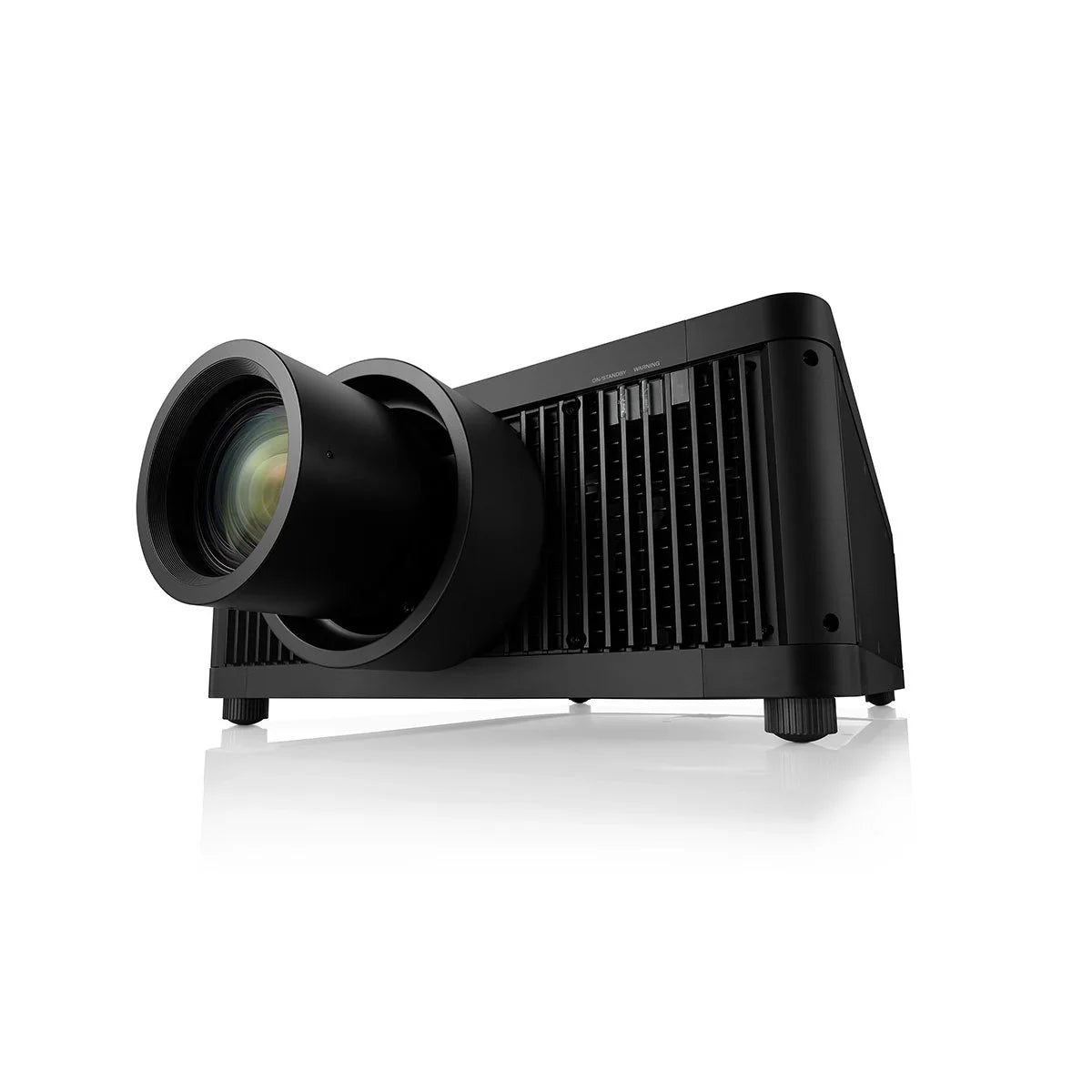
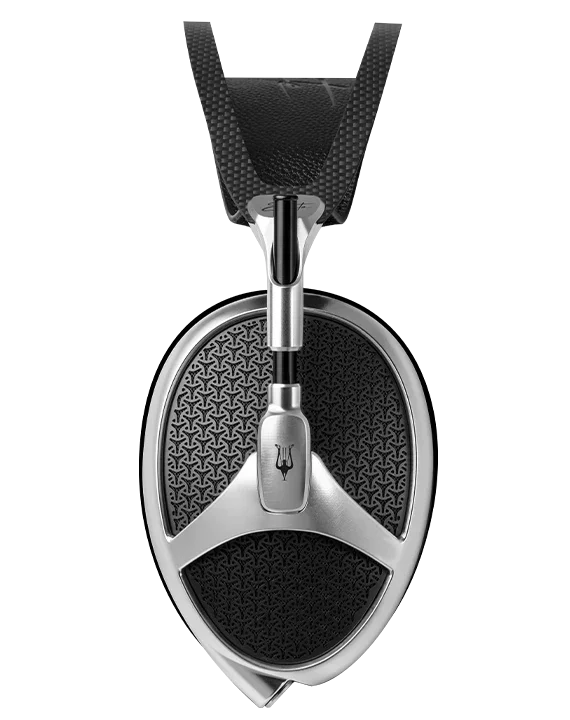



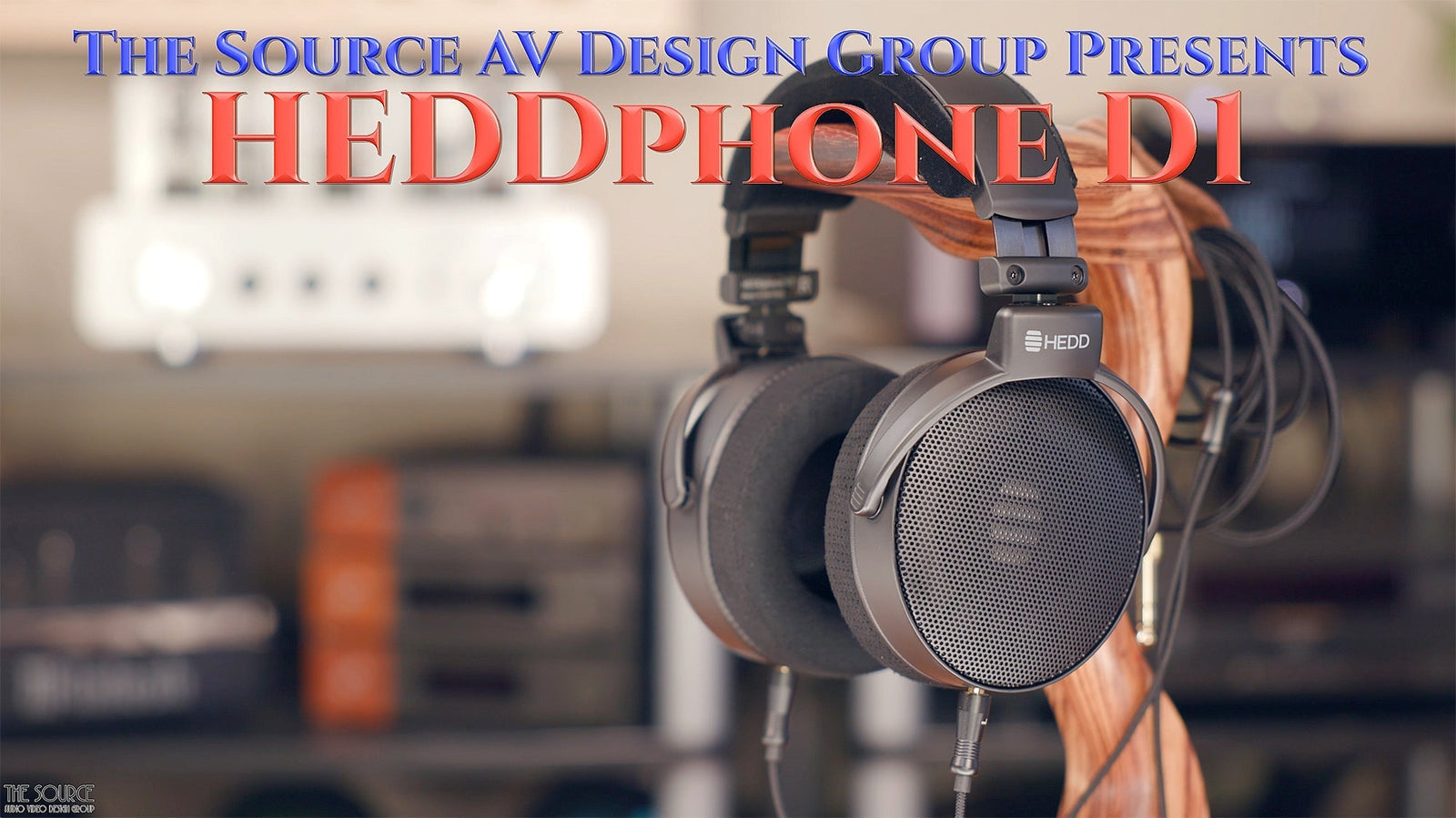
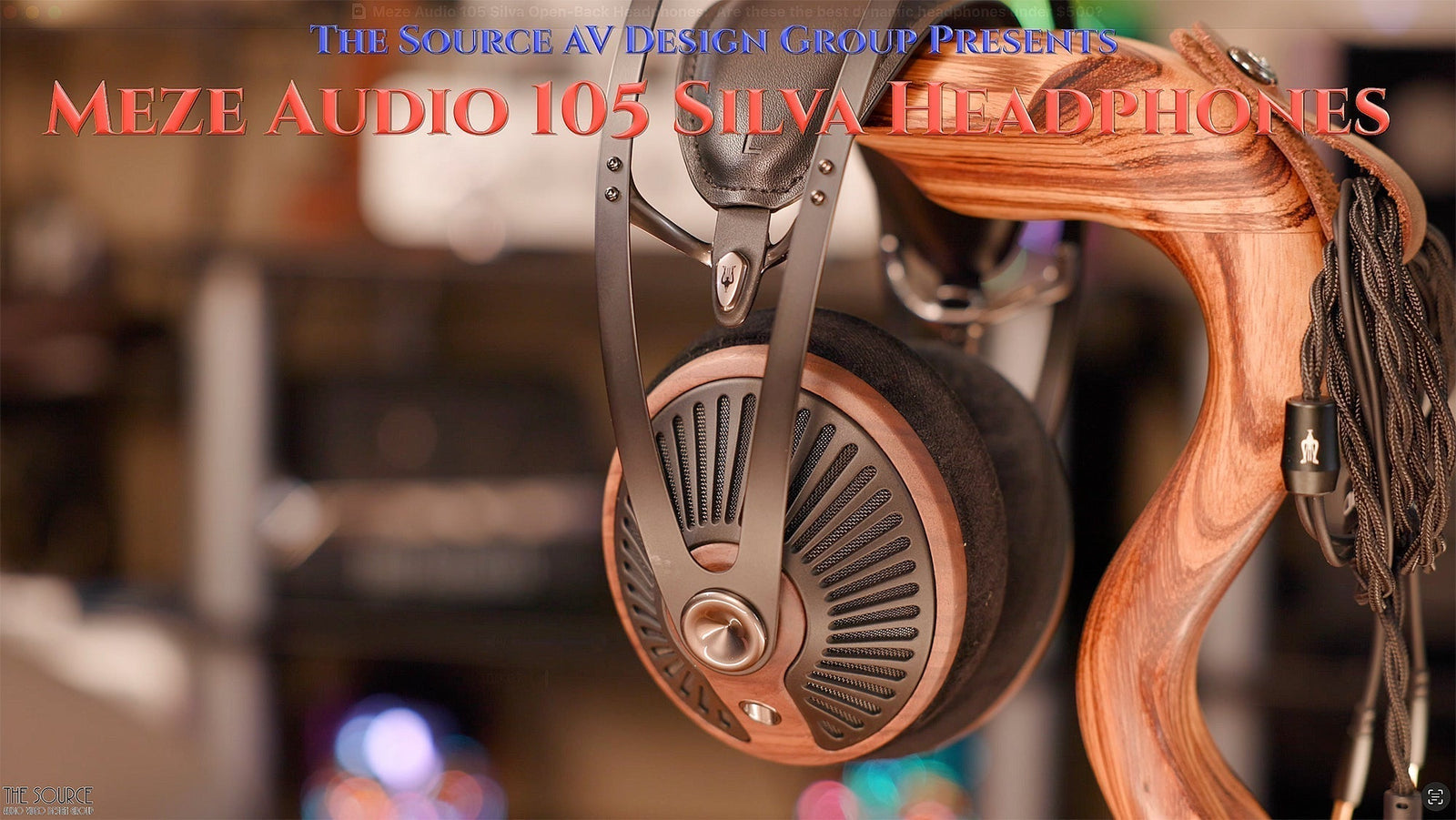
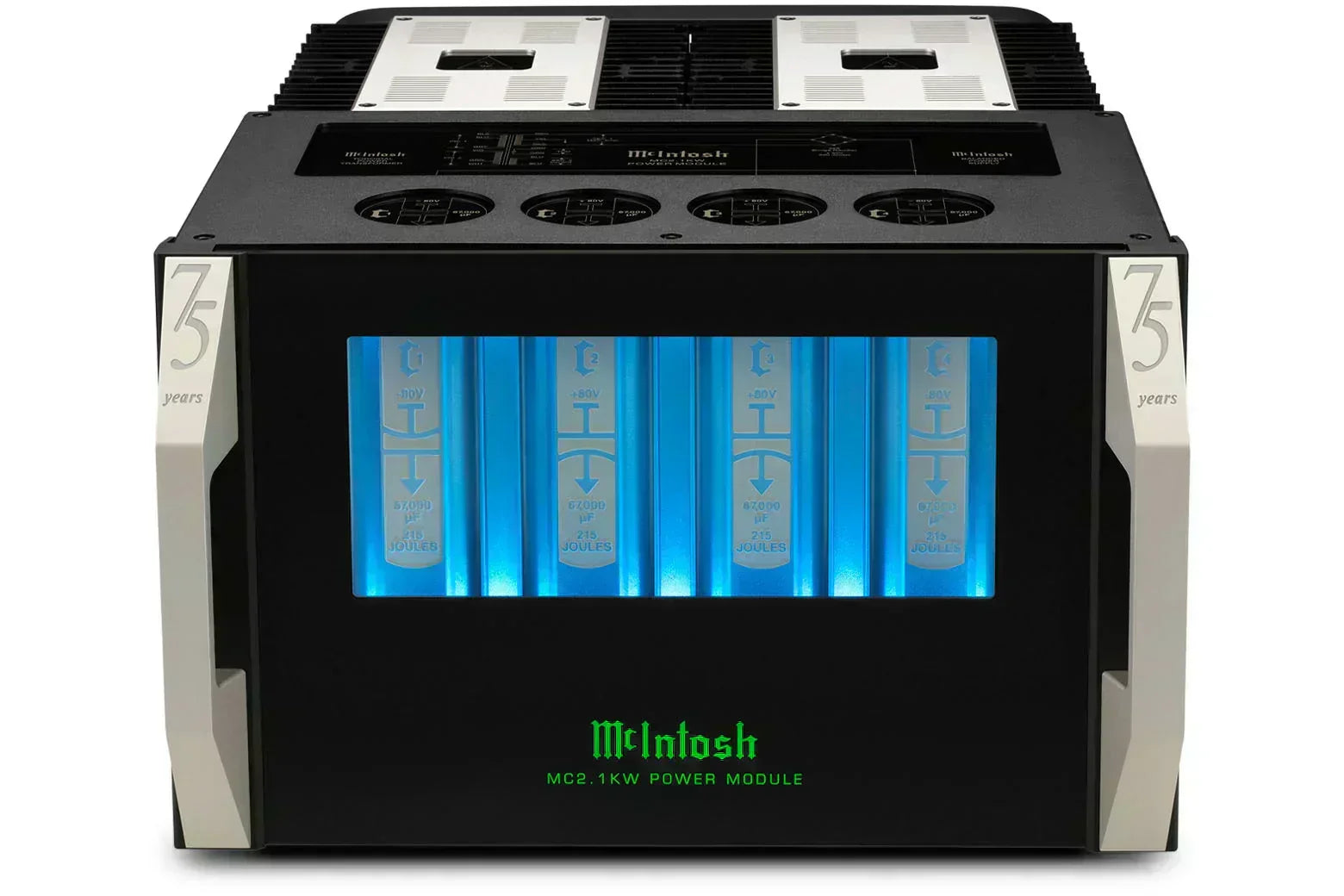
Leave a comment (all fields required)